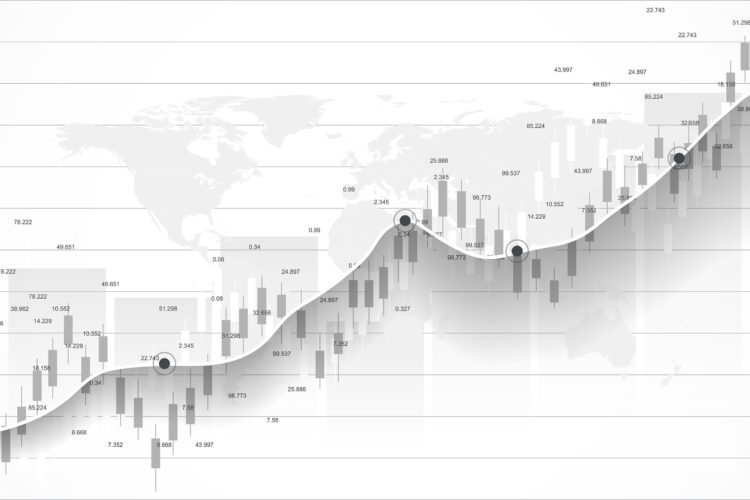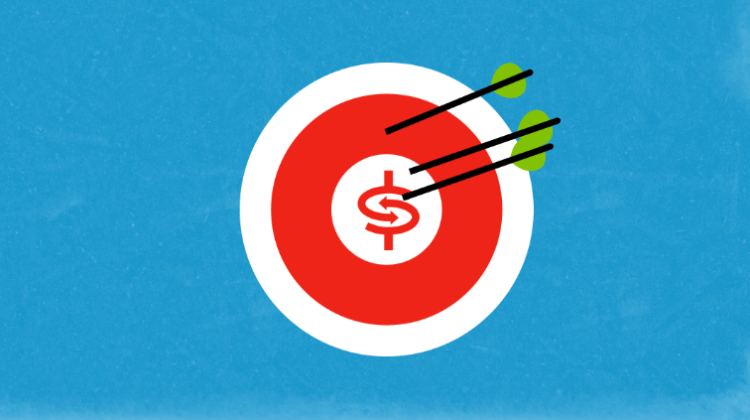Entrepreneurship is today a socio-economic phenomenon, finds its peak, so even in times of global crisis, it has a growing trend. However, despite everything, myths about entrepreneurship are still numerous. If they would take it for granted, then they would have to accept it as well that the total number of entrepreneurs is limited to the number of people born as such. We still argue that entrepreneurship is learned, as are other skills and abilities. In addition to talent, or a sense of business as it is often said, entrepreneurial success is far more important work, daily learning, developing new skills, and a desire to succeed. Success in business has also been achieved by people with less entrepreneurial talent but with a lot of daily work and a huge desire for success.
When it comes to entrepreneurship, it is rightly said that everything starts from an idea. To have a good one idea is a prerequisite for success, so “coming up with an idea” is the first step you need to take you would step into the world of entrepreneurship at all. So, the idea is what drives. Creativity is a very important characteristic of a successful entrepreneur. Unfortunately, creativity changes and most often declines with age, education, and use. Acquired habits and experiences often impose frameworks on us that hinder our creativity.

img source: amazonaws.com
With the advent of the Internet and the development of modern technology, we have been able to pay bills from the comfort of our own home, visit world-famous casinos, follow events on social networks, as well online shopping. In addition to being an internet site that provides us with many facilitations in performing daily duties, it is also a place through which you can grow your business. What has proven to be profitable and very popular in retail, whether it is online sales or not. Although starting this business is not particularly difficult, you will still need some guidance.
In addition to developing a sales strategy, advertising, procurement of goods, and many other things, one of the most important is the formation of prices or finding an appropriate method for their formation.
With the development of information technology and the application of the Internet in business, many companies have realized the benefits of using the so-called. dynamic pricing, as a strategy that involves “price variations over time, depending on consumers and/or circumstances”. In other words, dynamic prices are known as real-time price increases or price adjustments.

img source: medium.com
Dynamic pricing can be applied in many businesses, not just retail. It involves setting different prices for the same offer (product, service) to different users. Based on constantly available data on transactions and users, the company monitors online sales at all times, the time of day when sales are the best, demographic, geographical, psychographic, and behavioral structure of users, and numerous other data (capacity utilization, etc.). They are used to operate an automated system that offers a personalized price to each consumer.
Take for example the sale of airline tickets, which usually starts two months before the planned flight. Tickets are then the cheapest, and as the day of departure approaches, they noticeably grow. In dynamic pricing, price based on consumer segments, price in as a rule, it is offered by the company (ie the automatic system), and in the auction model by the buyer (after which the bidder’s system is activated which makes its bid and the process is repeated until it is achieved agreement).
The price of the product for the company is of profitable importance. In order for a company to be successful in determining the price, it must monitor market events or determinants of the impact on the price. Just as it must follow external determinants, so it must follow internal determinants. All external and internal determinants in cohesion determine the business and pricing strategy of each company in the market. DPGO can help you with this by using a dynamic pricing tool, which is very useful for Airbnb hosts, vacation rental owners, and short-term rental managers.

img source: sog.unc.edu
Dynamic pricing is considered a method by which the optimal selling price of a product or service can be determined, in a situation where prices (thanks to technological capabilities) can be easily and continuously adjusted due to changing conditions, such as observed or expected changes in the market, changes in customer preferences, price changes or marketing campaigns of competing companies, the transition of the product to the next phase of the life cycle, etc. It is also useful to point out that it is dynamic Pricing is a commonly used practice today by many companies, regardless of whether they operate on end-user markets or business markets.
However, it should not be forgotten that dynamic pricing can cause a negative for consumers emotional and behavioral reaction as consumers in communication with other consumers may find out that when buying products paid a different, higher price.
The phenomenon of consumer perception of fair price has occupied the attention of scientists for a long time years. From the aspect of consumer, a fair price is one that is acceptable and correct, with an acceptable price implies an appropriate, reasonable and satisfactory price, while the correct price is the one that is justified, consistent with rules, logic or ethical principles, and which is impartial and fair determined for all parties in the exchange process.

img source: liveinnovation.org
It should be noted that in their purchasing behavior consumers are influenced by perception fair pricing, as well as perceptions of fair pricing. Because here in the question of consumer perception which is a subjective category, so is consumer perception of whether the price is fair or not, extremely individual, subjective, which does not necessarily mean that it is accurate. The importance of monitoring the internal factors that affect the increase or decrease product pricing is crucial in any business.
Market conditions and business dynamics are changing at an accelerating pace, leaving companies struggling to respond to price triggers – events such as changes in costs, tariffs, competitive prices, stock levels, or anything that requires a price change – quickly, efficiently, and effectively. Once predictable and manageable, price drivers occur much more frequently.





